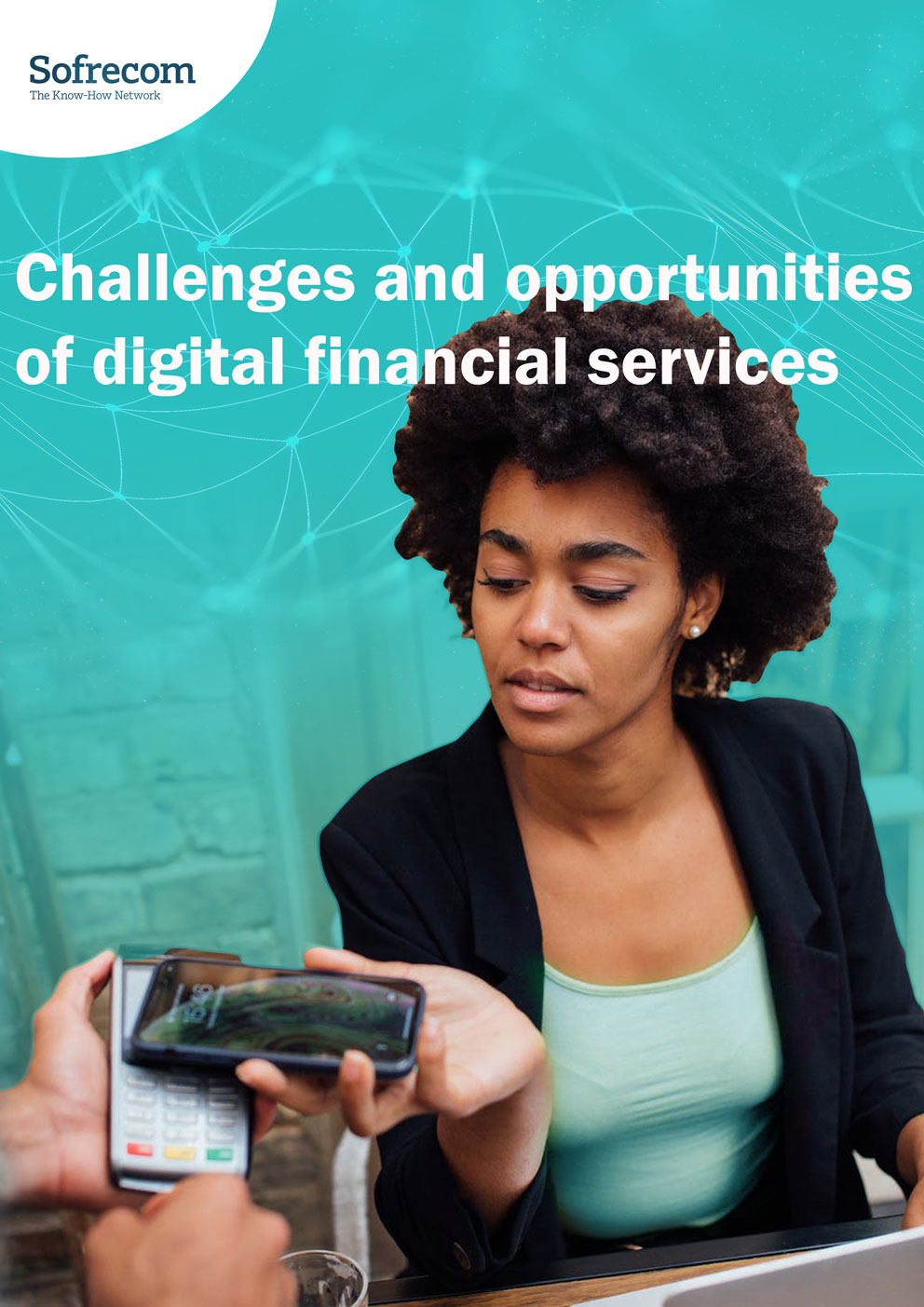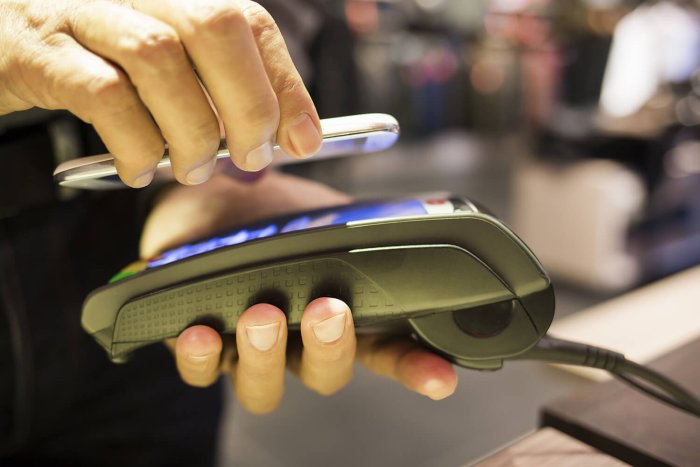
While it seems difficult today to imagine telecommunications networks without any interconnection to other national or international networks, very few mobile money services currently offer interoperability with other mobile money services. As of the end of 2016, only fifteen countries had domestic inter-network mobile money transfer services. Yet, most banks already allow interbank transactions.
Challenges and Barriers to Interoperability
In a context where many services have not yet reached scale, mobile money operators are often reluctant to make their services interoperable. By opening access to their user base and partners, they fear losing market share and having to share revenues that remain captive as long as usage stays within their own network.
However, interoperability is a powerful growth driver. By opening their mobile money “loops,” operators have the opportunity to significantly strengthen the attractiveness of their services.
First, mobile financial service providers can interoperate with services of the same nature — this is interoperability in the strict sense. It allows users of one network to interact with users of another mobile money network, especially for inter-network money transfers. Such interoperability has been implemented in countries like Indonesia, Tanzania, and Jordan. Some operators have also launched international interoperability. In 2013, Orange launched international money transfers between its operations in Côte d'Ivoire, Mali, and Senegal via Orange Money — a service that was successful from the start.
Beyond that, mobile money services can interact with other types of services or networks. In this broader definition, interoperability unlocks a wide range of use cases and opens the door to large-scale diversification of mobile financial services.
Unlocking New Use Cases for Mobile Money
Banking Systems and Networks
By connecting to banking networks, operators can offer transfers between bank accounts and mobile money accounts. By the end of 2016, over 40% of mobile money services were already connected to at least one bank. These services allow users to exchange funds with banked individuals and encourage the acquisition of new banked users who may link their mobile money account to their bank account to benefit from services like bill payment or mobile credit bonuses.
Beyond that, mobile financial services can connect to interbank infrastructures, giving users access to ATMs, debit or credit cards linked to mobile money accounts, or national merchant payment networks.
Money Transfer Services
Interoperability with remittance platforms allows users to send or receive funds via physical agents, web portals, or other access points. This is especially useful for correspondents who do not or cannot subscribe to the same mobile money service. It also enables transfers to or from areas where the original mobile money operator has no presence, facilitating the creation and expansion of international remittance corridors.
Public Services
Interoperability can also enhance financial transactions with public institutions. For governments, it's an opportunity to improve service quality by increasing transaction traceability and enhancing the citizen user experience.
For example, remote delivery of services such as pension disbursement or fee payments can replace trips to a physical payment office, long lines, and related costs.
Unlocking Merchant Payments Through Interoperability
Merchant Systems and Networks
By interconnecting their platforms with merchant systems, operators can enable users to pay for goods and services via mobile money — a use case that shows great potential.
According to CGAP, “real transaction volumes lie in everyday payments.” Yet, in 2016, a typical mobile money user made fewer than one merchant payment per month, compared to over four top-ups for mobile credit.
In several countries, operators have formed agreements with fuel stations, supermarkets, or taxi networks.
Merchant payments are especially relevant for digital goods like gaming, music, video, or e-books, which can be purchased remotely — including from international merchants on platforms like Apple Store or Google Play.
Mobile money services also represent a major opportunity to boost e-commerce of physical goods.
In emerging markets where cash-on-delivery is common, interoperability between merchant systems and mobile money platforms would allow prepayment, reducing risks and operational costs related to handling cash.
Moreover, beyond direct integration with merchant systems, interoperability gives access to broader merchant payment networks, such as MasterPass or networks managed by local payment service providers.
This approach is advantageous as it gives access to merchants lacking technical capacity to build or connect a system to mobile money platforms — and spares operators from investing in their own merchant network development.
The business development efforts are handled by the network provider.
Conclusion: A Growth Accelerator
Interoperability could greatly expand the use of mobile money, especially in regions with low banking penetration, which are prime markets for mobile money services.
It serves as a powerful accelerator, helping recruit new users and intensify usage, ultimately improving the profitability of mobile money services overall.
Sources: GSMA, CGAP




